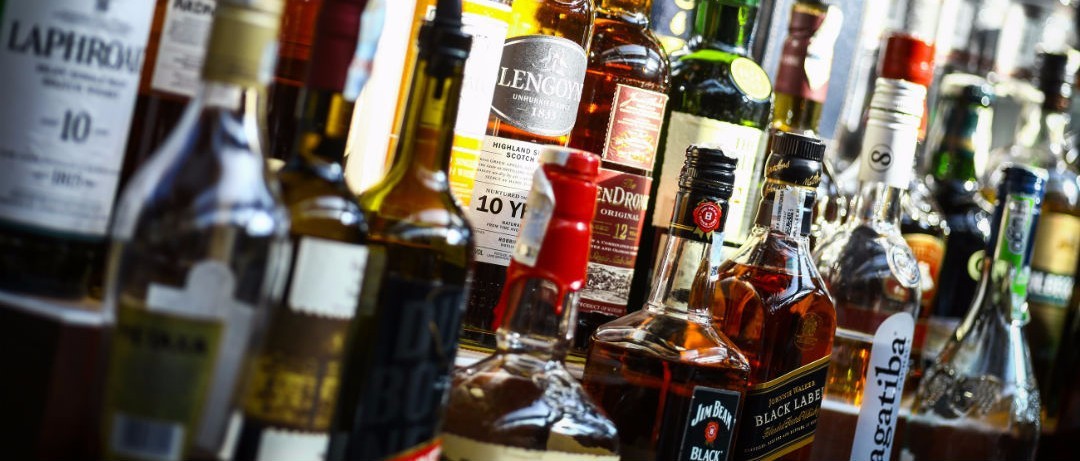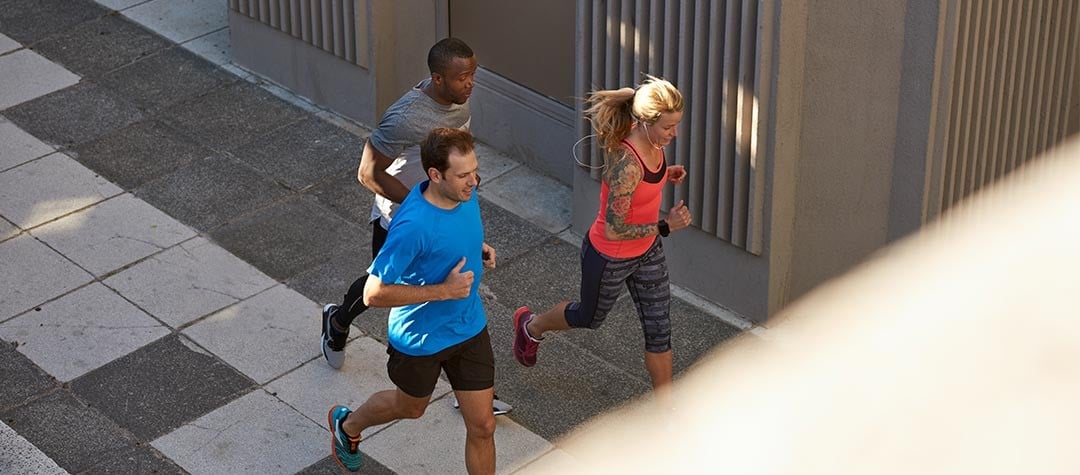How much alcohol is too much alcohol? What can you do to make your drinking habits more healthy? Find out in this guide for alcohol consumption.
When stories of binge-drinking teenagers hit the headlines, most of us tut and shake our heads, but it isn’t just the younger generation that consumes too much on occasion.
Drinking away our health
The rise in excessive drinking is taking a significant toll on our general health. Excess alcohol consumption has been linked to hypertension, stroke, heart disease, some cancers of the digestive tract and sub-optimal bone health. Also, the risk of contracting breast cancer — the most common cancer affecting women — by the age of 80 rises from 88 per 1,000 women in non-drinkers to 133 per 1,000 in women who consume the equivalent of a bottle of wine per day. Fertility can also be reduced, and drinking while pregnant is linked to babies that have a lower weight at birth and a higher rate of miscarriage.
And for the guys out there — you don’t get off lightly either! Research suggests that excessive alcohol consumption can have detrimental effects on men’s health too — including impotence, heart disease, hair loss, and prostate and colon cancers.
More immediate health risks can arise, too. For example, road traffic accidents — as well as other accidents in general — are far more likely to occur when a person has been drinking. Alcohol intoxication can also lead to actions which people would question more if they were sober — for example getting into unlicensed taxicabs, going home with strangers, or having unsafe sex (one in seven young women said they had had unsafe sex while drunk in an HEA survey).
Beer belly boom
Too much booze also has a detrimental effect on your waistline. A study from Zurich found that alcohol causes fat to be stored preferentially in the abdominal region. It’s also one of the greatest sources of hidden calories in our diets, as it contains seven calories per gram. One unit of alcohol contains eight grams — so that single measure of gin will contain 56 calories even before you go near it with a mixer. Also, while a tomato juice in your vodka is a good way of increasing nutrient intake and staving off dehydration, sugary drinks such as tonic water, ginger ale and coke add roughly 50 calories per mini bottle.
There is also the issue of willpower. You may have started out with the best of dietary intentions, but after a couple of G&Ts you may feel in need of a packet of salty snacks to soak up some of the alcohol. Next thing you know, you’ll be heading for a full meal (accompanied by more drinks, of course!)
Measuring up
All this doom and gloom is enough to turn you to, er, drink! But don’t be disheartened: it is possible to enjoy a few drinks without undermining your health. It’s just that many of us still don’t understand what constitutes ‘a few’. The recommended maximum intake for women is 14 units per week, whereas for men it’s 21 units. Don’t be tempted to ‘save up’ your units to guzzle down in just one or two evenings out, as experts recommend drinking no more than two to three units for women and three to four for men in a single session.
So much for units, then. But how does that translate into real drinks? Well, drinking guidelines state that one unit is half a pint of lager, a single measure of spirits or a small glass of wine — but you should also check out the ‘Top Tipples’ list below to get the real low-down on your favourite poison.
Taking control
Here are some other ways of reducing the amount you drink:
-
Don’t get involved in ‘rounds’. You often end up drinking just because it’s been bought for you, even though you already feel you’ve had enough.
-
Alternate your alcoholic drinks with a soft drinks or water. If you drink spirits, order the mixer neat between alcoholic drinks and no-one will know a thing!
-
Drink a good amount of water or soft drink before you go out, so that you don’t become thirsty and down the first alcoholic drink that you buy! If you find you’re thirsty when you start your night out, then make sure your first drink is alcohol-free.
-
Don’t drink on an empty stomach. Either get food with your drinks or eat before you go out.
-
After a heavy night out, don’t force yourself to ‘work it off’ with exercise, as your body will already be working hard to process the alcohol, deal with dehydration and possibly also deal with lack of sleep. Instead, drink lots of fluids, eat something light, and allow yourself to recover.
-
Make sure you have one to two days alcohol-free days per week.
Top 10 tipples: a guide to units and calories
| Drink | ABV | Units | Calories |
| Pint of standard strength beer (e.g. Carlsberg) | 3.5% | 2 | 160-180 |
| Single measure (25ml) spirit (e.g. vodka, whisky, gin) | Vary | 1 | 50-60 |
| 125ml glass of red or white dry wine | 12% | 1.5 | 80 |
| 125ml glass of sweet white wine or champagne | 12% | 1 | 100 |
| 175ml glass of red or white dry wine | 12% | 2 | 110 |
| 75cl bottle of wine | 12% | 9 | 500 |
| 250ml glass of red or white wine | 12% | 3 | 160 |
| 440ml can of premium beer | 5% | 2.2 | 260 |
| 25ml measure of Campari | 25% | 1 | 110 |
| 50ml measure of port or sherry | 18% | 1 | 75 |
Picture credit: Alexandru Nika / Shutterstock.com














